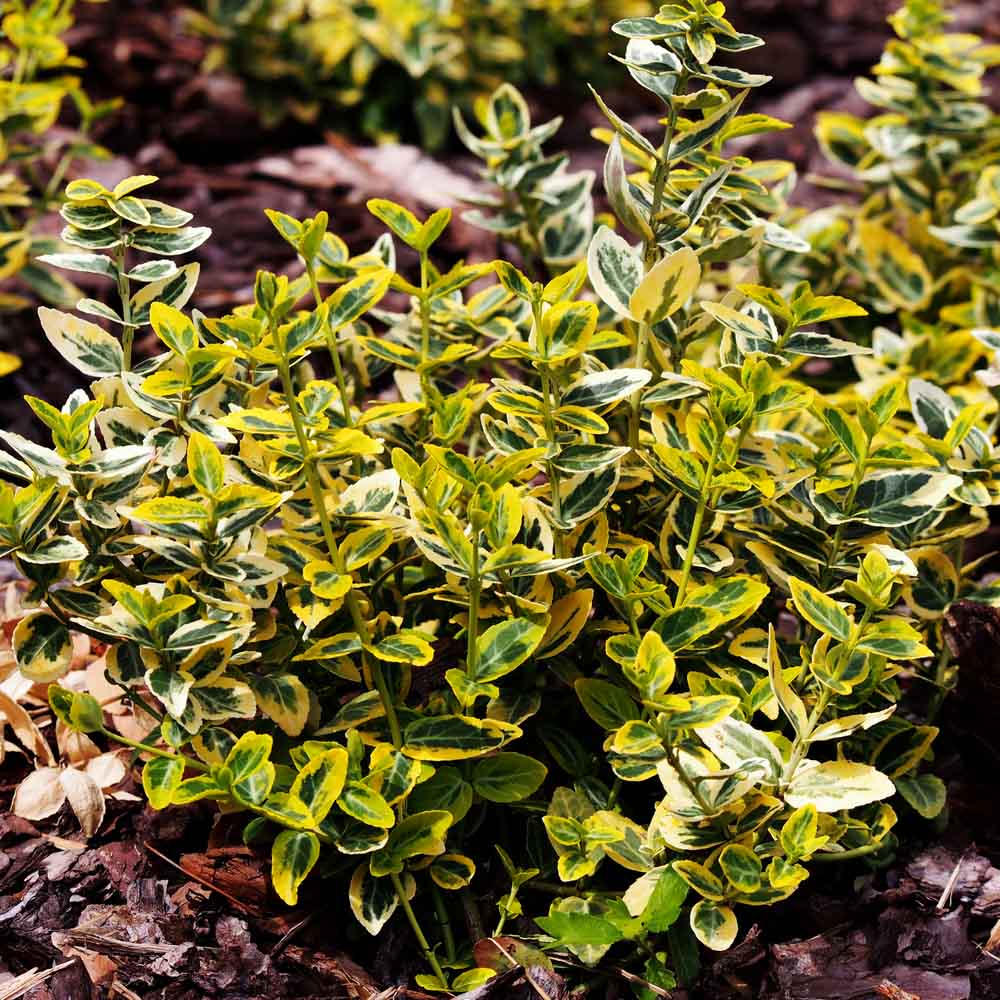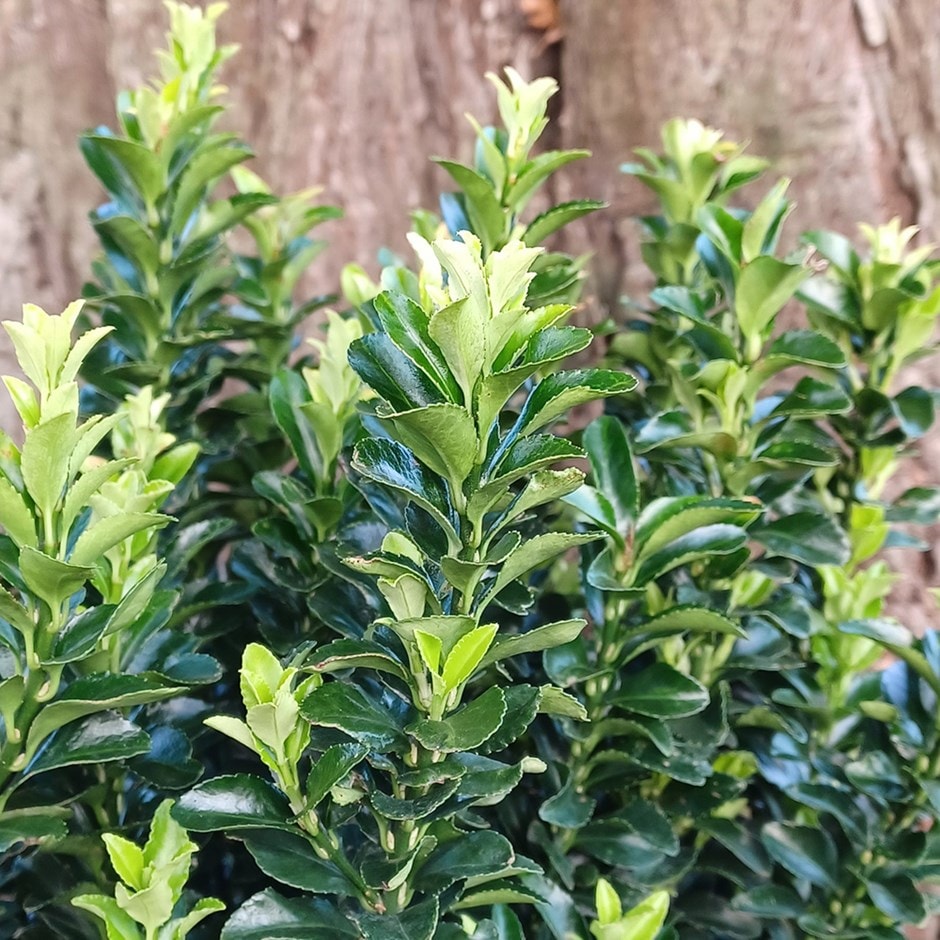“`html
Euonymus: A Comprehensive Guide
Euonymus: A Comprehensive Guide
Euonymus, a genus of flowering plants in the Celastraceae family, encompasses a diverse range of species, from deciduous and evergreen shrubs to small trees and even climbing vines. Known for their adaptability, vibrant foliage, and striking fruits, Euonymus plants are popular choices for landscaping, hedging, and ornamental purposes. This comprehensive guide delves into the various aspects of Euonymus, covering its characteristics, cultivation, common varieties, potential issues, and much more.
Overview of Euonymus
The genus Euonymus comprises over 130 species, distributed across Asia, Europe, and North America. Their adaptability to various soil types and climates contributes to their widespread cultivation. Euonymus plants are appreciated for their aesthetic appeal, providing year-round interest with their foliage, flowers, and fruits. The leaves, typically opposite and simple, exhibit a range of colors, including green, variegated, and even vibrant reds and purples in autumn. The small, inconspicuous flowers give way to distinctive capsules that split open to reveal brightly colored seeds, often attracting birds.
Characteristics and Identification

Identifying Euonymus plants involves observing several key characteristics:
Foliage
Euonymus leaves are usually opposite, simple, and deciduous or evergreen, depending on the species. The leaf shape can vary from oval to lanceolate, with smooth or serrated margins. Variegated varieties display patterns of white, cream, or yellow on the leaves.
Flowers

The flowers of Euonymus are typically small, greenish, or purplish, and borne in cymes. While not particularly showy, they play a crucial role in the plant’s reproductive cycle.
Fruits
The fruits are distinctive capsules that split open to reveal brightly colored seeds, often orange, red, or pink. These fruits add a splash of color to the landscape, especially in autumn.
Growth Habit

Euonymus species exhibit a range of growth habits, from compact shrubs to tall trees and climbing vines. This versatility makes them suitable for various landscaping applications.
Common Euonymus Varieties
Several Euonymus varieties are popular in horticulture, each offering unique characteristics:
Euonymus japonicus (Japanese Spindle Tree)
This evergreen shrub is known for its glossy, dark green leaves and compact growth habit. It is often used for hedging and topiary. Numerous cultivars offer variegated foliage, such as ‘Aureovariegatus’ (gold variegated) and ‘Silver King’ (silver variegated).
Euonymus fortunei (Spindle)
This versatile species includes both shrub and climbing forms. It is known for its adaptability and tolerance of various growing conditions. Popular cultivars include ‘Coloratus’ (purple winter foliage), ‘Emerald Gaiety’ (white variegated), and ‘Vegetus’ (dense, evergreen shrub).
Euonymus alatus (Burning Bush)
This deciduous shrub is famous for its brilliant red autumn foliage. It is a popular choice for adding vibrant color to the landscape. However, it can be invasive in some regions.
Euonymus europaeus (European Spindle)
This deciduous shrub or small tree is native to Europe and western Asia. It is known for its pink fruits and orange seeds. It is often found in hedgerows and woodlands.
Euonymus hamiltonianus (Hamilton’s Spindle)
This species is known for its attractive pink or red fruits and its deciduous foliage that turns a beautiful reddish-purple in the fall. It is native to the Himalayas and parts of China.
Cultivation and Care
Cultivating Euonymus plants involves providing suitable growing conditions and regular maintenance:
Planting
Euonymus plants can be planted in spring or autumn. Choose a location with well-drained soil and adequate sunlight. Dig a hole twice the width of the root ball and plant the shrub at the same depth it was growing in the container. Water thoroughly after planting.
Soil and Sunlight
Euonymus plants prefer well-drained soil and tolerate a range of soil types, including clay, loam, and sand. They thrive in full sun to partial shade. Variegated varieties may require more sunlight to maintain their vibrant colors.
Watering
Newly planted Euonymus plants require regular watering to establish a strong root system. Once established, they are relatively drought-tolerant. However, they benefit from occasional watering during dry periods.
Fertilization
Euonymus plants generally do not require heavy fertilization. A light application of balanced fertilizer in spring can promote healthy growth. Avoid over-fertilizing, as it can lead to excessive foliage growth at the expense of flowering and fruiting.
Pruning
Pruning Euonymus plants helps maintain their shape and promote bushier growth. Prune in late winter or early spring before new growth begins. Remove dead, damaged, or crossing branches. For hedging, regular shearing can maintain a neat appearance.
Propagation
Euonymus plants can be propagated from seeds, cuttings, or layering. Hardwood cuttings taken in late autumn or softwood cuttings taken in spring are commonly used for propagation.
Potential Issues and Solutions
While Euonymus plants are generally hardy, they can be susceptible to certain pests and diseases:
Pests
Scale Insects
These small insects feed on plant sap and can cause yellowing leaves and stunted growth. Treat infestations with horticultural oil or insecticidal soap.
Aphids
Aphids are sap-sucking insects that can cause distorted leaves and sticky honeydew. Introduce natural predators like ladybugs or use insecticidal soap.
Spider Mites
These tiny pests can cause stippled leaves and webbing. Increase humidity and use miticides if necessary.
Diseases
Powdery Mildew
This fungal disease causes white, powdery patches on leaves. Improve air circulation and apply fungicides if necessary.
Anthracnose
This fungal disease causes leaf spots and dieback. Remove infected leaves and apply fungicides.
Crown Gall
This bacterial disease causes tumor-like growths on roots and stems. Avoid injuring the plant and remove infected plants if necessary.
Invasive Potential
Some Euonymus species, particularly Euonymus alatus (Burning Bush), can be invasive in certain regions. They can spread rapidly and displace native plants. Check local regulations and consider planting non-invasive alternatives.
Landscaping Applications
Euonymus plants are versatile and can be used in various landscaping applications:
Hedges and Screens
Evergreen varieties like Euonymus japonicus and Euonymus fortunei are excellent choices for creating hedges and screens. They provide privacy and a formal appearance.
Foundation Plantings
Compact Euonymus varieties can be used as foundation plantings to soften the transition between the building and the landscape.
Specimen Plants
Deciduous varieties like Euonymus alatus (Burning Bush) can be used as specimen plants to add a splash of color to the landscape.
Ground Covers
Creeping varieties of Euonymus fortunei can be used as ground covers to suppress weeds and add texture to the landscape.
Topiary
Euonymus japonicus is well-suited for topiary, allowing for the creation of intricate shapes and designs.
Ecological Importance
Euonymus plants play a role in the ecosystem by providing food and shelter for wildlife. The fruits attract birds, which help disperse the seeds. They also provide habitat for insects and other small animals.
Conclusion
Euonymus plants are a valuable addition to any landscape, offering a wide range of aesthetic and functional benefits. Their adaptability, vibrant foliage, and striking fruits make them popular choices for hedges, screens, foundation plantings, and specimen plants. By providing proper care and addressing potential issues, you can enjoy the beauty and versatility of Euonymus plants for years to come.
“`



